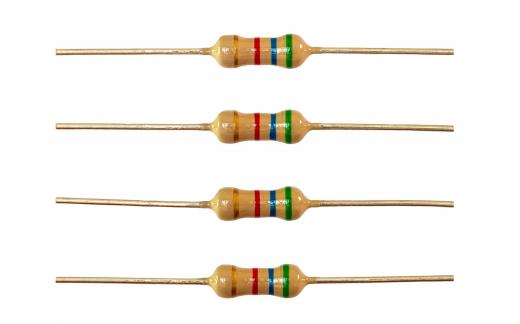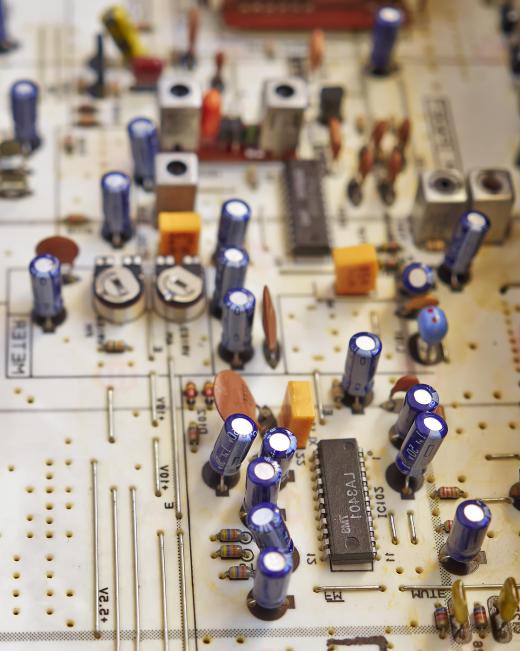A voltage reduction is the decrease or action of decreasing the potential difference across electrical load for power conservation or for prolonging equipment life span. It is possible by directly adjusting the voltage output or by inserting a resistive circuit inside a power circuit. A voltage reduction may result in increased current consumption as compensation. Some equipment or appliances will allow a decrease in voltage with no change in current. Motors tend to increase the current consumption when voltage is reduced.
The consumed electrical energy is measured in kilowatt-hour (kW-h), which is equivalent to 1,000 watts (W). Generating equipment is usually specified in terms of kilovolt-amperes (kVA), which is almost the same as watts. The kVA unit measures the rate of energy flow from the power generator, while the kW unit measures the rate of energy absorption by the load. Unabsorbed energy is termed as reactive energy, which only increases the amount of energy needed from the generator but does not produce useful results on the load side. The latter concept is covered by power factor correction equipment.

Voltage reduction is applied in both electric power generation and distribution. Automatic correction of voltage levels results in a steady user-side voltage level. There are step-down transformers from the generating plant, including before and after the power grid. Most of the distribution transformers are fixed to a permanent step-down factor when these equipment were first commissioned into service.

Generally, lighting systems produce almost the same illumination given a range of medium- to high-voltage levels. Lighting voltage reduction takes advantage of the situation by trimming down the voltage. There will be power savings while retaining almost the same amount of illumination.
In electronic circuits, voltage reduction is implemented with resistors, diodes, and transistors. The resistor will have a voltage drop equal to the mathematical product of the current in amperes (A) and the resistance in ohms. For instance, a 10-ohm resistor with 1 A drops 10 volts (V), a silicon diode drops about 0.7 volts direct current (VDC), while five diodes in series drop about 3.5 VDC. Transistor circuits in various configurations may cause voltage reduction. The voltage drop appears between the emitter-collector or drain-source of the transistor.

Voltage reduction equipment is available in many forms and sizes. There are simple step-down transformers wherein there is no electrical connection between the primary and secondary windings, autotransformers or single-winding transformers with a tap, and high-power voltage equipment that delivers specific results. Conservation voltage reduction aims to decrease the amount of power consumed by electrical equipment. Any extra voltage that does not produce significant results is best trimmed down.
